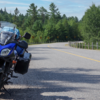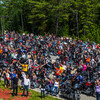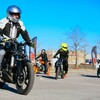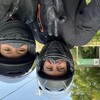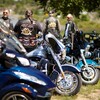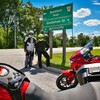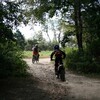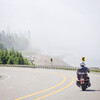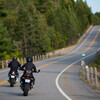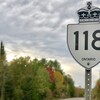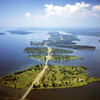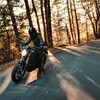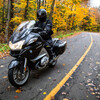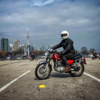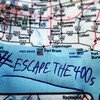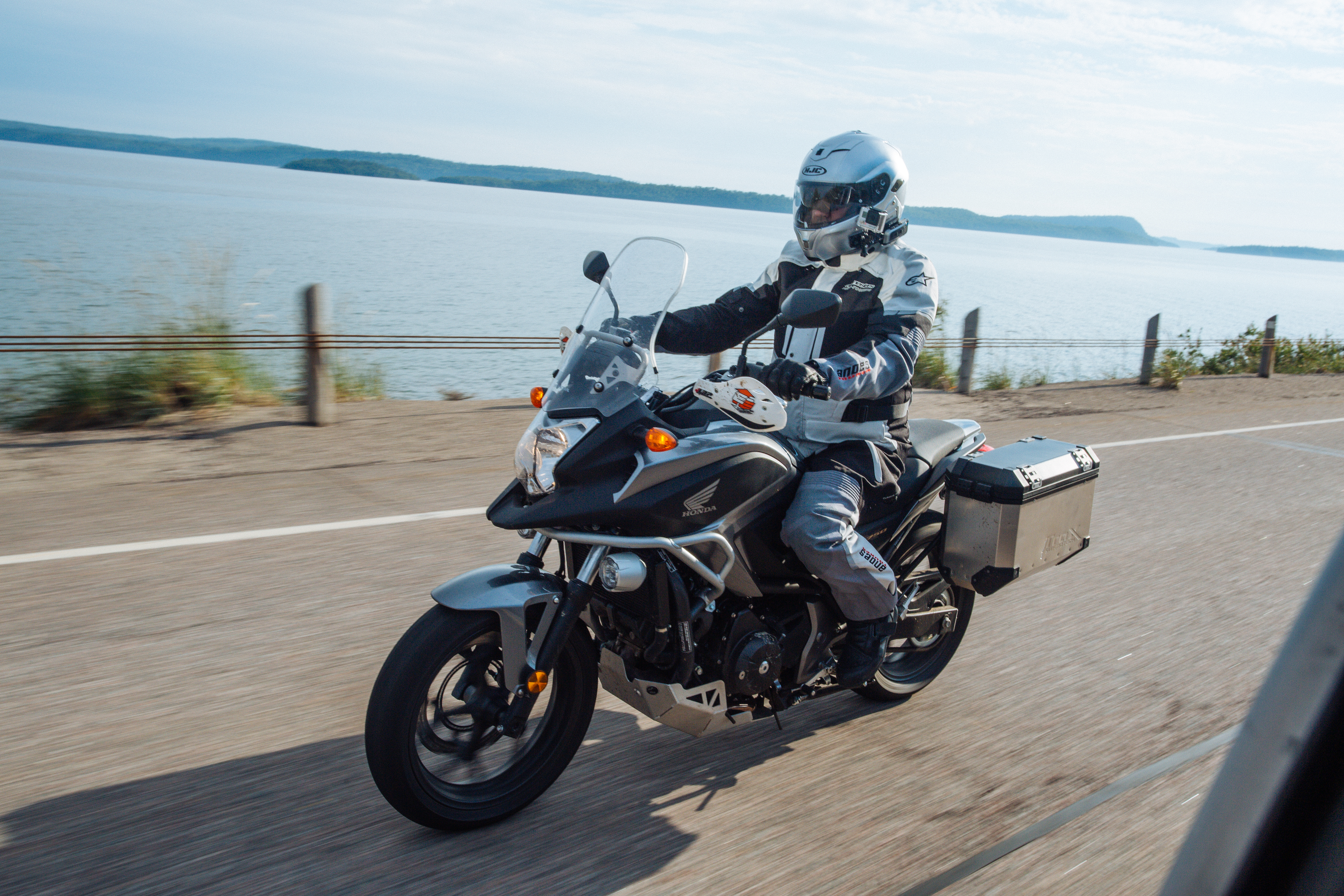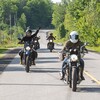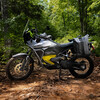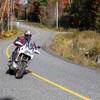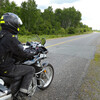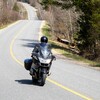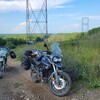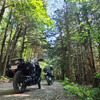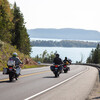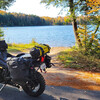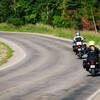
Riding With Your Camera? Read This!
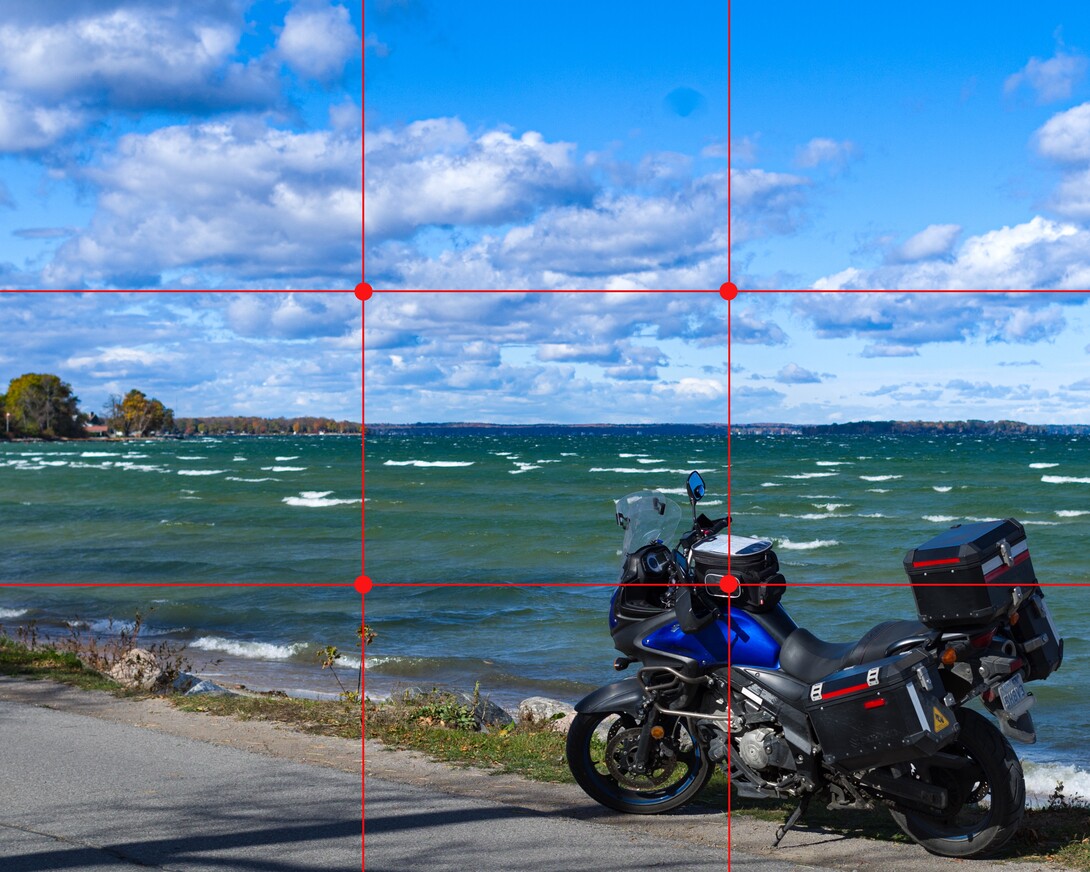
In part one, we discovered that we can improve our moto-touring photography by concentrating on three elements: subject, light, and composition. So far, we've focused on the first one: choosing an interesting subject.
Now, we're going to look at the other two: great light and good composition.
Great Light
1. Find The golden hour.
Most people know that the golden hour, just before to just after sunrise and sunset (dawn and dusk), provides great light. Be sure to set up and know what you want to shoot because when the ideal light hits, it goes by quickly, especially at sunrise. If you’re still hunting for a good composition, you’ll miss the light. Scout out the area the day before, or get there early. Schedule your travel itinerary to stay overnight in places or near sights you’d like to shoot at the magic hour.
Golden-hour light isn't the only light. But, don’t be put off by golden-hour enthusiasts who tell you that you can only get good pictures at this time of day. As motorcycle tourists, we have to shoot our subjects in the light in which we find them. (As do photojournalists, wedding photographers, street photographers, et al.) You can create great photos at any time of day. Focus on choosing interesting subjects and creating good compositions. Remember, great light is only one of the three elements needed for a good photo. If you nail the other two, you can still get a great photo.

Great shots can be taken even when the sun is high in the sky. Just be aware of the shadows. Here the sky is reflected in the water making it very blue. On a different kind of day the water would be more green in colour.
2. overcast is good too.
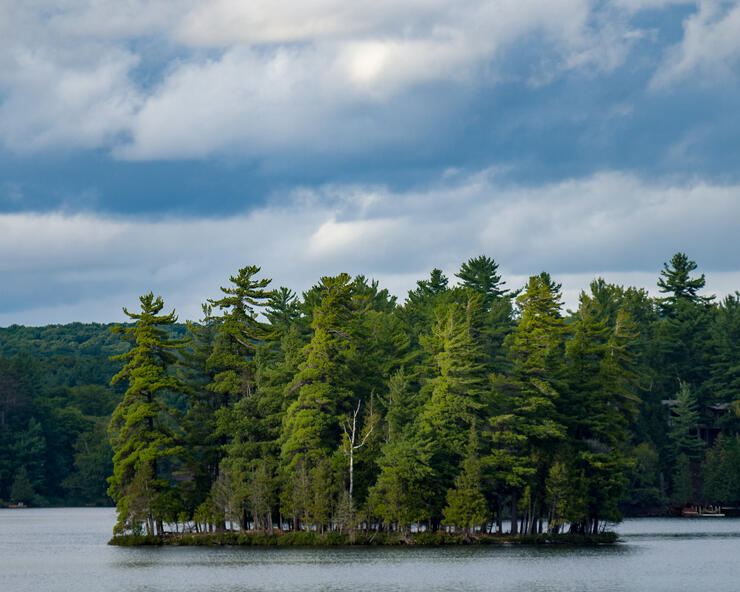
Overcast days can still provide great light.
Overcast days offer soft light that's ideal for shooting colours and minimizing shadows. Nighttime and heavy weather days also provide opportunities for captivating photographs. Some of my favourite light is before and after a rainstorm. On many occasions, I have donned my rain gear and ridden through a heavy storm, just to ride out the other side to see a clear, glistening, and vibrant landscape mottled by the sun’s rays. Be ready for this. It’s magical, and you cannot find this at any other time.
3. Optimize for the light.
If your subject is dark against a bright background, e.g. shooting your motorcycle against a sunset or bright sky, slightly underexpose your shot and use fill flash to light your bike. (But not too much flash.) Or, go for a silhouette effect. The key to a silhouette effect is to look at the shape of the silhouette. If you take it from a bad angle, your subject (your bike, people, whatever) might look like a featureless mass. Move around or pose your subject until the shape is interesting and tells something about your subject, the action, or the story you’re telling.
Outside, even on bright days, you can find places to improve the light (e.g., shoot your subject in the shade of a tree).
Notice where the shadows are. By moving, you can often minimize their impact. Walk around and see how this changes where the shadows fall. Minimize the shadows, or use them for effect by capturing the contrasts and patterns they make. Putting the sun behind you is an age-old tip but be sure you don’t catch your shadow in the picture.
4. Choose unique light sources.
Getting creative with your light source, e.g., your motorcycle headlight, a headlamp, a cell phone, or a campfire, can result in a unique shot. Of course, flash can be used, but use it with caution. A poorly used flash will ruin your shot.
Great Composition
Avoid the habit of placing your subject in the centre of the picture frame. If it makes sense, do it on purpose. Otherwise, here are some ideas that will help you get better compositions.
1. remember The rule of thirds.
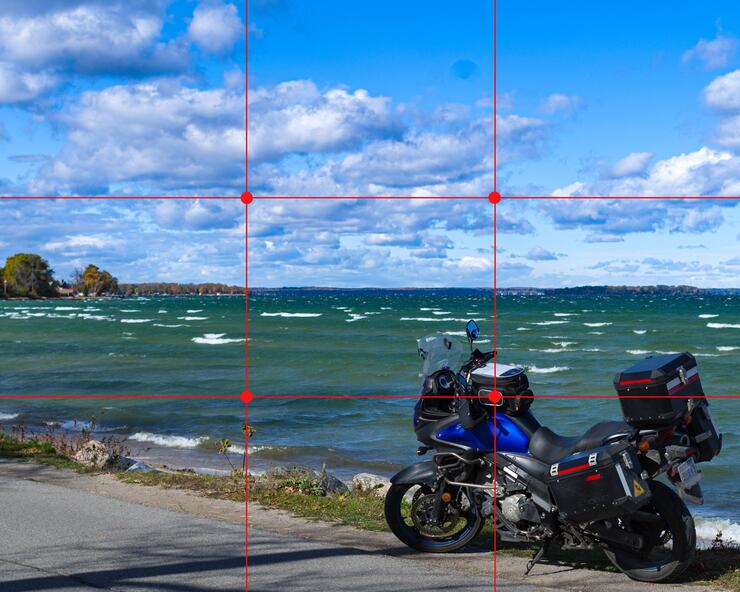
In this case I used the rule of thirds to place my subject and not the horizon. Notice how much better the composition works by not centring the bike in the frame. I’ve also placed the bike to the right giving it room in front for its direction of travel. This makes it more dynamic. If I had placed it on the left it would be trapped against the left edge with no place to go.
This is one of the simplest compositional rules to remember and apply. It is based on an imaginary grid created by dividing your picture frame by three both horizontally and vertically. The rule of thirds states that your composition will be stronger if you put the main subject on one of the four intersecting points. Also, the horizon should usually go either on the lower horizontal third line or the upper horizontal third line depending on what's important to your shot, the landscape or the sky. If your subject is moving into the picture frame, it should be put on the vertical third line that gives it space to move into the frame. But, if you apply the rule of thirds too rigidly, your photos can look formulaic. Do what best suits your vision. If in doubt, try the rule of thirds to see if it will improve the composition. It sounds more complicated than it is. Look at the example shown, and I’m sure you’ll get it. The main thing is, if you stop centering your subject, you will be off to a great start.
2. Fill your picture frame.
A common problem is when the background is too large vis a vis your subject. Or conversely, your subject is over-shadowed by a mostly empty (or unimportant) background. Look at what is around your subject. If it doesn’t add something to the story, get closer or change your shooting angle. Everything in your picture should be there for a reason. Often, non-essentials can be removed simply by filling your frame with your subject. Get the detail you want but avoid distracting elements. It’s simple, move closer. Or, to capture more of the background for context, move back. Whatever you are doing, do it purposefully. Don’t end up with a small subject in a big frame just because you didn’t think about it.
3. Frame your subject within a frame.
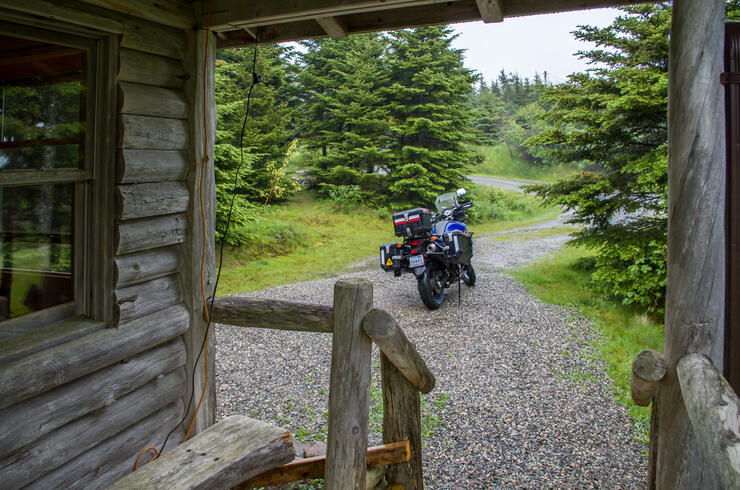
Frame within a frame. Here I have framed my bike by the porch. It tells where the shot was taken. There is also a layering effect: foreground, mid-ground, and background, as well as a leading line effect: the road leads you to the bike as well as behind the tree in the distance where the bike will ultimately travel.
Use something to frame your subject. Frames can be man-made or natural. Here are some examples: a doorway, a window, a garden arch, low-hanging branches, a cave entrance, etc. For example, you’re sitting inside a restaurant and you notice your bike is perfectly framed by the window. You grab your camera, expose for the outside light, and add a little flash to light up the inside a bit. And click, you’ve framed your subject (your motorcycle) within a frame (the window.) Your photo tells more of a story than a shot of your bike by itself. You get the idea.
4. Find your leading lines.
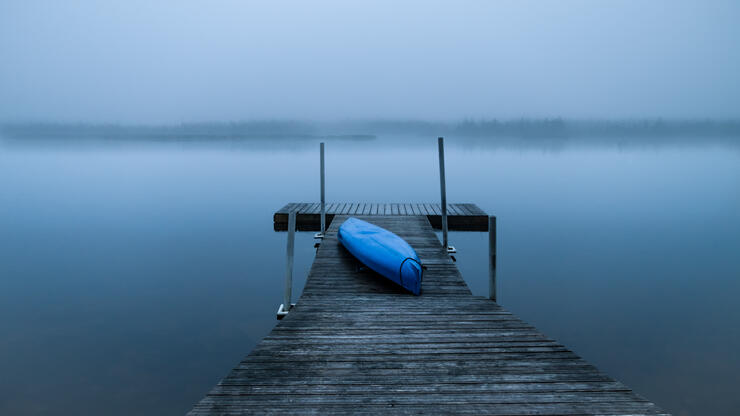
Leading lines can be anything in your image that leads the eye of the viewer into your composition. For motorcyclists, a twisty road can make a great leading line. Anything that grabs the viewer and leads them into your photo: railroad tracks, a fence, a road, a river, or a shadow. Look for them when you are out shooting.
5. look for Clean backgrounds.
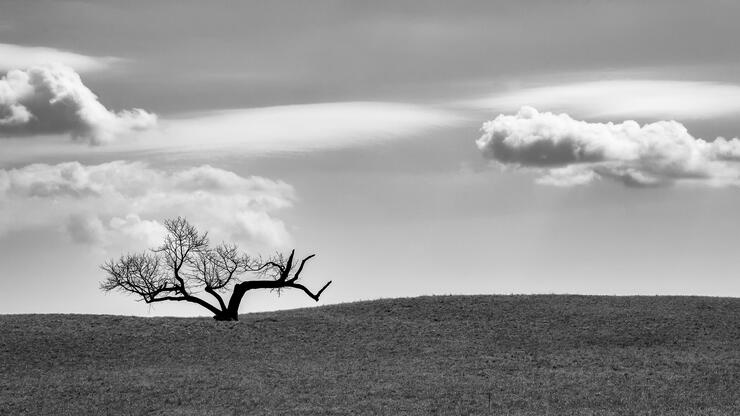
I saw this tree from my motorcycle and knew I had to shoot it. It was silhouetted against a bright background so my decision was easy, silhouette it is. Because the shot is all about composition and light, the colour was distracting, so I made it black and white.
Learning this improved the quality of my photos. A cluttered background can ruin a great photo. The good news is that it is easy to fix. The first step is to look at your background before you click. Most new photographers are looking so intently at their subject they miss what’s in the background. The easiest way to fix it is often to move. Is there something moving through your frame? Just wait. Or shoot from a low angle and capture your subject against the sky. Or get high and shoot it against the ground. Or move around and shoot from a different angle. If you can’t get a good background, you can isolate your subject from the background by zooming in with a telephoto and/or using a large aperture, e.g., using an aperture of f4 or f5.6 to create a blurry background—this is a bit more advanced. The key is to look at the background first to see if you can eliminate distractions.

6. Create depth.
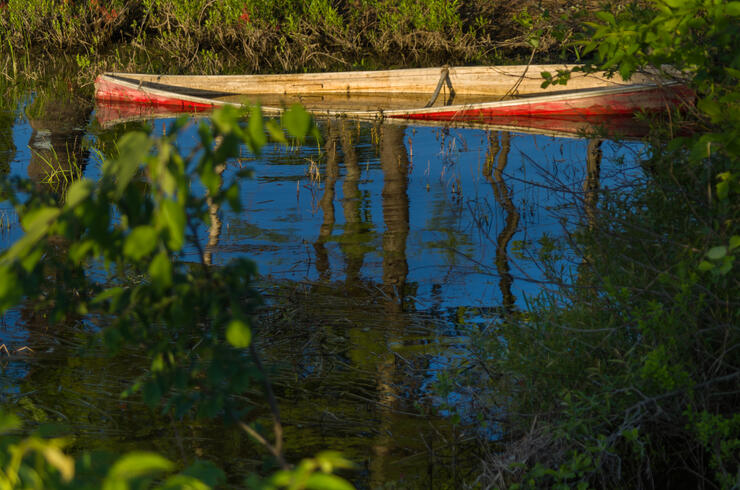
Look for photo opportunities where there is something in the foreground, mid-ground, and background. This is often used in landscape photography. When you accomplish this, your photo has a layering effect that creates a sense of depth and makes it more interesting.
7. Remember the Rule of threes.

The rule of three. Four doors would not have presented as well. Although not a subject most people would think to shoot, I thought there was a story here. I kept wondering what was behind the doors, very small rooms? I also liked the palette and textures
Simply put, it states that if you are shooting objects, having three objects in the composition is more pleasing to look at than two or four.
Try this and see if you notice a difference. It will force you to analyze your composition before you click—good practice. See four bikes lined up along the curb? Try isolating only three of them to see if this improves your photo.
Now Hit the road
So, there you have it. To take great photos, all you need is great light, a great composition, and something interesting to shoot. Hopefully, you now have a few ideas to improve your Moto-touring photography.
If you see someone in high-viz gear lying on the ground shooting up at something, say hi, it’s probably me. Ride safe. I hope to see you out there.
Check out part 1 in the series here to learn all about choosing your subject.
Recommended Articles

Bucket List Motorcycling in Ontario, Canada 2025

Ontario's Best Twisties: Five Roads to Get Your Lean On

The Big Belly Tour—A Complete List of Ontario's BBQ Joints
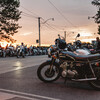
It's Bike Night in Ontario 2024

Ontario's Top Twisties
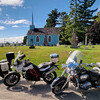
Have You Ridden Canada's OG Highway? Here's Why Every Rider Needs to Hit Up Historic Highway 2
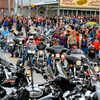
23 Amazing Photos That Prove PD13 Is Still The Best Motorcycle Event Ever
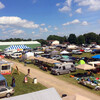
Motorcycle Swap Meets in Ontario—The Complete List for 2025

And a Vespa shall lead them all...
